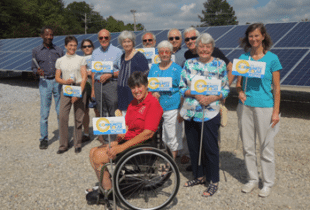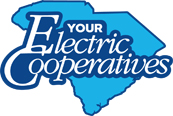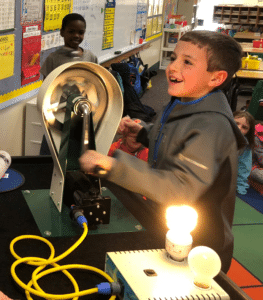Community
ESSENTIAL QUESTION: How can communities provide essential services while preserving natural resources?
Classroom Resources
How energy is made and used.
Renewable vs. Nonrenewable Natural Resources
Cooperative Stories

QUESTIONS TO CONSIDER

OUR THINKING...
South Carolina students are learning how energy and fuels are derived from natural resources. Electric cooperatives depend on a mix of resources to help provide reliable and affordable power. Fourth and fifth grade students can learn ways to reduce energy as our communities continue to grow.
S.C. College and Career Ready Standards (CCRS)
Fourth Grade
Fourth Grade
4-PS3-2. Make observations to provide evidence that energy can be transferred from place to place by sound, light, heat, and electric currents.
4-PS3-4. Apply scientific ideas to design, test, and refine a device that converts energy from one form to another.
4-ESS3-1. Obtain and combine information to describe that energy and fuels are derived from natural resources and how their uses affect the environment.
Fifth Grade
5-ESS3-1. Evaluate potential solutions to problems that individual communities face in protecting the Earth’s resources and environment.
ESS3.C: Human Impacts on Earth Systems Human activities in agriculture, industry, and everyday life have had major effects on the land, vegetation, streams, ocean, air, and even outer space. But individuals and communities are doing things to help protect Earth’s resources and environments.
